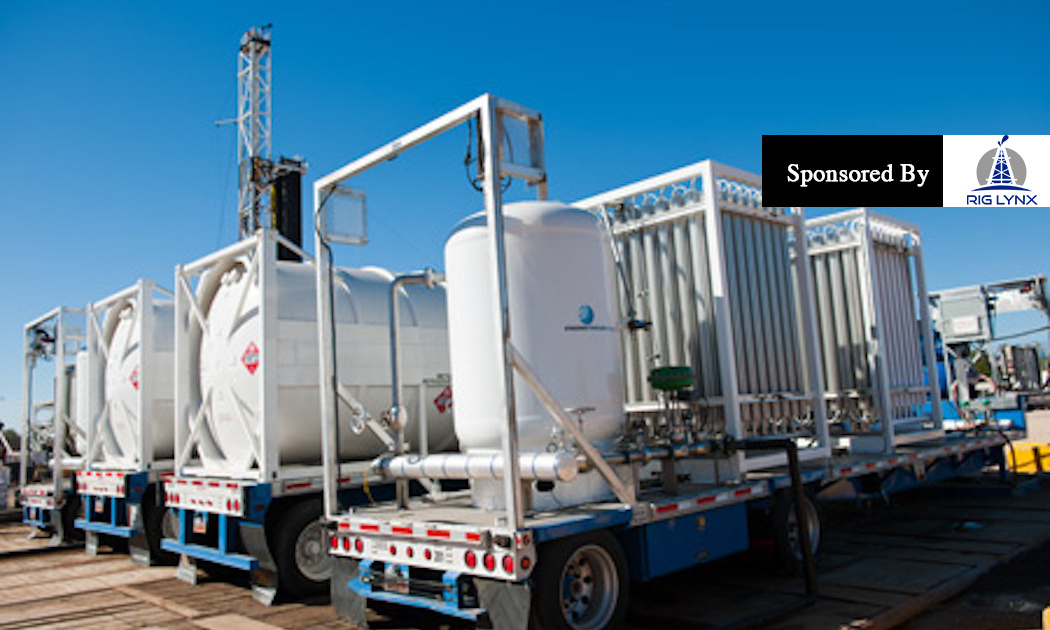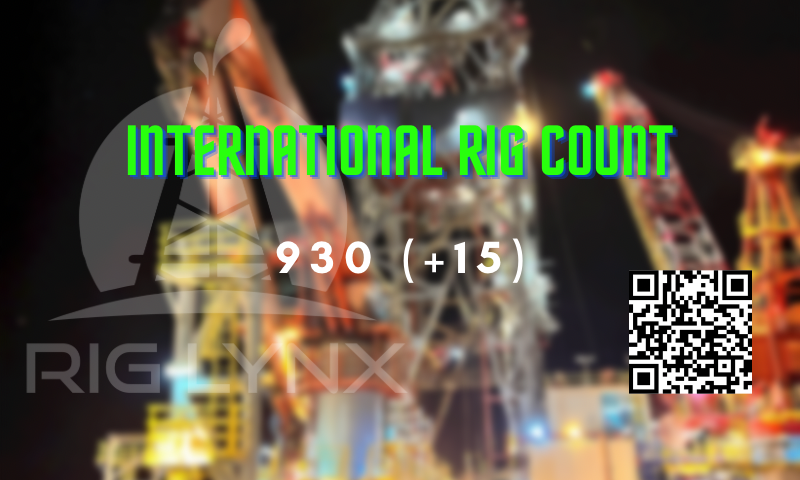
It’s called micro LNG, and the concept is simple. By super-cooling natural gas, they can pack three times more of it into a truck, which may help the Permian basin deal with its growing gas excess.
Liquefied natural gas is largely shipped in huge ocean-going tankers. Trucking it lets explorers power drilling operations with a fuel that’s abundant, accessible and cheap, saving them as much as 30% in costs versus diesel. An example: As many as five trucks, each carrying about 9,500 gallons of LNG, already trek as much as 400 mi/day in Colorado shale country to make deliveries there.
Next in line may be the Permian in West Texas and New Mexico, where filled-to-capacity pipelines threaten to curtail drilling for both oil and its byproduct, natural gas. Siemens and Baker Hughes are now in talks to build multiple small LNG production plants in U.S. shale centers, seeking to create a new outlet for natural gas at a time when drillers are urging regulators to let them burn it off into the air.
“A lot of creative work is going on to lower the wastage and environmental footprint that natural gas has in the absence of pipeline delivery,†said Ramanan Krishnamoorti, chief energy officer at the University of Houston.
While crude prices have risen, gas prices have barely budged nationwide and in the Permian, they are trading at the biggest discounts to the U.S. benchmark since 2009. So, producers to pipeline owners and services companies are looking to put gas to work to not only eat into that excess supply but cut costs and reduce methane emissions, a greenhouse gas contributing to global warming.
Lot of Activity
“We are seeing a lot of activity in the Permian†with Siemens potentially installing 10 to 15 small modular LNG plants by the end of 2019, said Michael Walhof, director of sales for distributed LNG solutions, a division of Siemens.
Houston-based Prometheus Energy Group Inc. has been trucking LNG to producers in the Denver-Julesburg basin for years, according to Chief Executive Officer Jim Aivalis. But as oil prices have risen lately so has demand, he said. Currently, the company trucks LNG to drillers from a small Williams Cos. plant in Durango and an Exxon Mobil plant in southwestern Wyoming, to the DJ basin northeast of Denver.
“In that area of Colorado there are some very restrictive emissions requirements and there has been a lot of public outcry against the energy industry,†in part because of the number of wells flaring, Aivalis said in a telephone interview.
The LNG carried by Prometheus is chilled to minus 260°F, then warmed back into gas before being used in engines made by Caterpillar, Cummins or General Electric for drilling operations, some of which can run on diesel and natural gas at the same time, according to Aivalis. The more natural gas they use, the bigger the savings, he said.
The attitude shift comes amid an Environmental Defense Fund study published last month that estimated that the U.S. oil and gas industry was wasting $2 billion a year through emissions of methane, the main component of natural gas, across the supply chain. Last month, Exxon Mobil, Chevron, Royal Dutch Shell and BP were among the energy producers discussing efforts to use gas as a cleaner, affordable power-plant fuel used in sync with renewables.
“You are seeing a millennial shift where people want to do the right thing,†Krishnamoorti said.
The economics too are increasingly favoring micro LNG. There are spots in the Permian basin where the price of gas is already negative, so producers are actually paying to “evacuate†gas, said Pablo Avogadri, global LNG platform leader at Baker Hughes. Instead of a salable asset for drillers, “gas is becoming an annoyance,†he said.
In the Permian, the first move toward LNG may come from the Delaware basin in New Mexico, where Prometheus has been discussing options with potential customers, Aivalis said.
30,000 Gallons
Siemens started working on micro LNG four years ago, Walhof said. The small production plants they’re planning would chill 30,000 gallons/day, compared with the 4 billion gallons/day produced in terminals on the Gulf Coast for export abroad.
Meanwhile, Baker Hughes, the world’s third-biggest oilfield services company, has been receiving requests for proposals for Permian LNG projects that can make the fuel available within a 500-mile region, Avogadri said.
The company is studying the question, Avogadri said, adding, “we still need to crack the cost equation.â€
Krishnamoorti, meanwhile, equates the challenges of building out the micro LNG plant industry to the launch of Apple Inc.’s cutting-edge iPhone. “The problem with micro LNG is that we are in the first 2,000 iPhones,†he said. “The more experience you get, the more you can drop the cost.â€
Check out our other current stories, we dare you…



